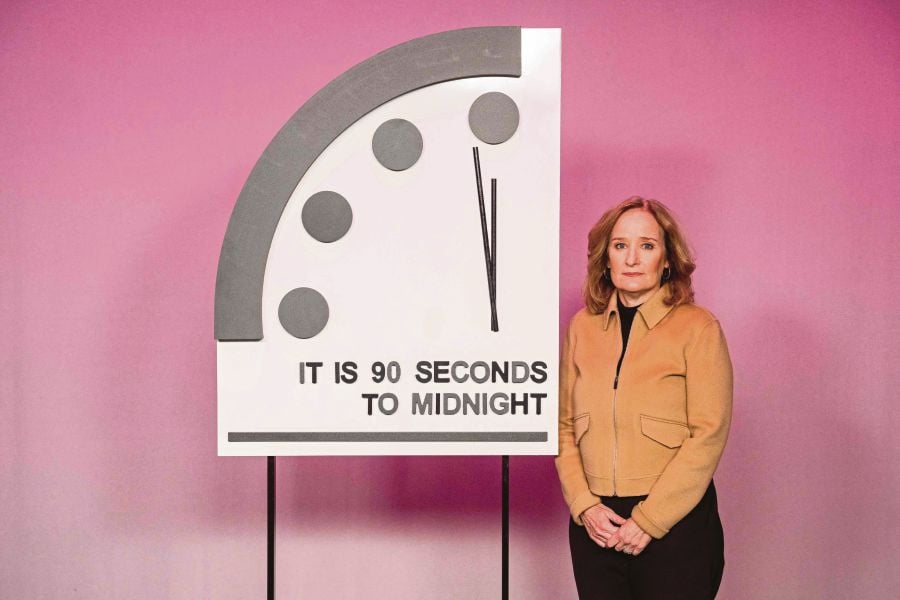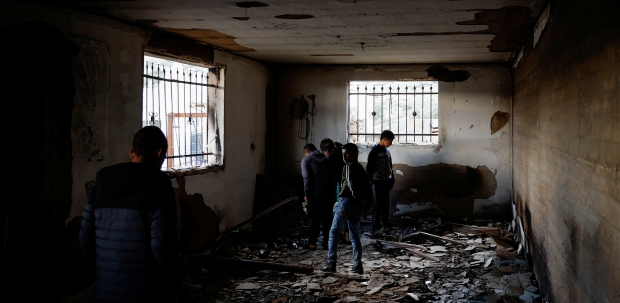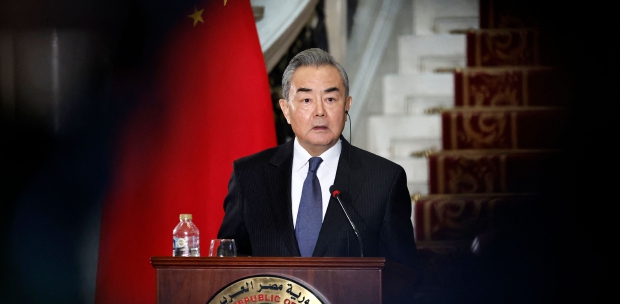ATOMIC scientists on Tuesday kept their Doomsday Clock set as close to midnight as ever before, citing Russia's actions on nuclear weapons amid its invasion of Ukraine, nuclear-armed Israel's Gaza war and worsening climate change as factors driving the risk of global catastrophe.
The Bulletin of the Atomic Scientists, as they did last year, set the clock at 90 seconds to midnight, the theoretical point of annihilation.
Scientists set the clock based on "existential" risks to Earth and its people: nuclear threat, climate change and disruptive technologies, such as artificial intelligence and new biotechnology.
Rachel Bronson, the bulletin's president and CEO, said: "Conflict hotspots around the world carry the threat of nuclear escalation, climate change is already causing death and destruction, and disruptive technologies like AI and biological research advance faster than their safeguards."
The Chicago-based nonprofit created the clock in 1947 to warn the public about how close humankind is to destroying the world.
Russia's invasion of Ukraine, set to reach its second anniversary next month, has escalated tensions with the West to their most dangerous levels since the Cold War.
Bronson said: "A durable end to Russia's war in Ukraine seems distant, and the use of nuclear weapons by Russia in that conflict remains a serious possibility. In the past year Russia has sent numerous worrying nuclear signals." She cited Russian President Vladimir Putin's February 2023 decision to suspend Russian participation in the New Start treaty with the US that limited the strategic nuclear arsenals of the two countries.
The US and Russia hold nearly 90 per cent of the world's nuclear warheads.
Israel has been at war with Hamas since the Palestinian Islamist group, based in Gaza, launched attacks in southern Israel in October 2023 that, according to Israeli tallies, killed about 1,200 people.
Israeli military strikes have killed more than 25,000 people, according to Gaza health authorities.
"As a nuclear state, Israel's actions are relevant to the Doomsday Clock discussion.
"Of particular worry is that the conflict might escalate more broadly in the region creating a larger conventional war and drawing in more nuclear powers or near-nuclear powers," Bronson said.
When the clock was first created, the greatest danger arose from nuclear weapons. Climate change was weighed as a factor for the first time in 2007.
"The world in 2023 entered into uncharted territory as it suffered its hottest year on record and global greenhouse gas emissions continued to rise," Bronson said.
She said 2023 also was a record-breaking year for clean energy, with US$1.7 trillion in new investments.
Offsetting this, however, were fossil fuel investments of nearly US$1 trillion, she added.
"This illustrates that while promising, current efforts to reduce greenhouse gas emissions are grossly insufficient to avoid dangerous human and economic impacts from climate change."
The Bulletin of the Atomic Scientists was founded in 1945 by scientists, including Albert Einstein and J. Robert Oppenheimer.
It annually sets the clock, relying on a board of experts on nuclear technology and climate science.
The clock was first unveiled during the Cold War tensions that followed World War Two.
The writer is from AFP
The views expressed in this article are the author's own and do not necessarily reflect those of the New Straits Times





